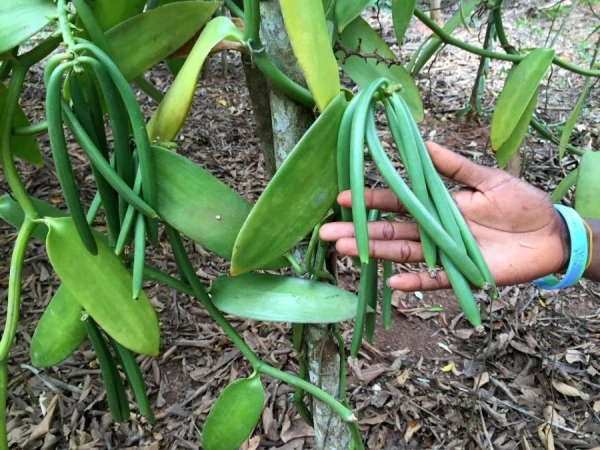
For many reasons.
“Don’t look at those yellow flowers — you’ll go blind,” many of us probably remember this childhood scare, which, like many others, has a real basis.
The buttercup, which blooms in meadows in early summer and is popularly known as “night blindness” or chicken blindness, is indeed poisonous: the sap of this plant can cause tearing, stinging, and pain in the eyes, as well as skin burns.
In a completely different way manifests one of the vision disorders, which is not related to the buttercup, but is also called night blindness, or, in medical terminology, hemeralopia or nyctalopia. People suffering from this problem have difficulty seeing in twilight and low light, and in complete darkness sometimes lose their vision altogether. The unusual name of the disease likely comes from chickens, which, being diurnal birds, cannot see in the dark (although unlike humans, they do not need to).
Hemeralopia can manifest in various forms, including congenital ones. Night blindness can be a symptom of various eye diseases and other ailments, anemia, and body exhaustion, but most often this vision disorder is associated with a deficiency or absence of vitamin A in the body.
The fact is that vitamin A, also known as retinol, is a component of visual purple — a substance found in the receptors of the retina that is responsible for twilight and night vision. Night blindness usually worsens in early spring when we lack vitamins. During this period, foods such as cod liver, eggs, milk, carrots, pumpkin, lettuce, and tomatoes come to the rescue.













